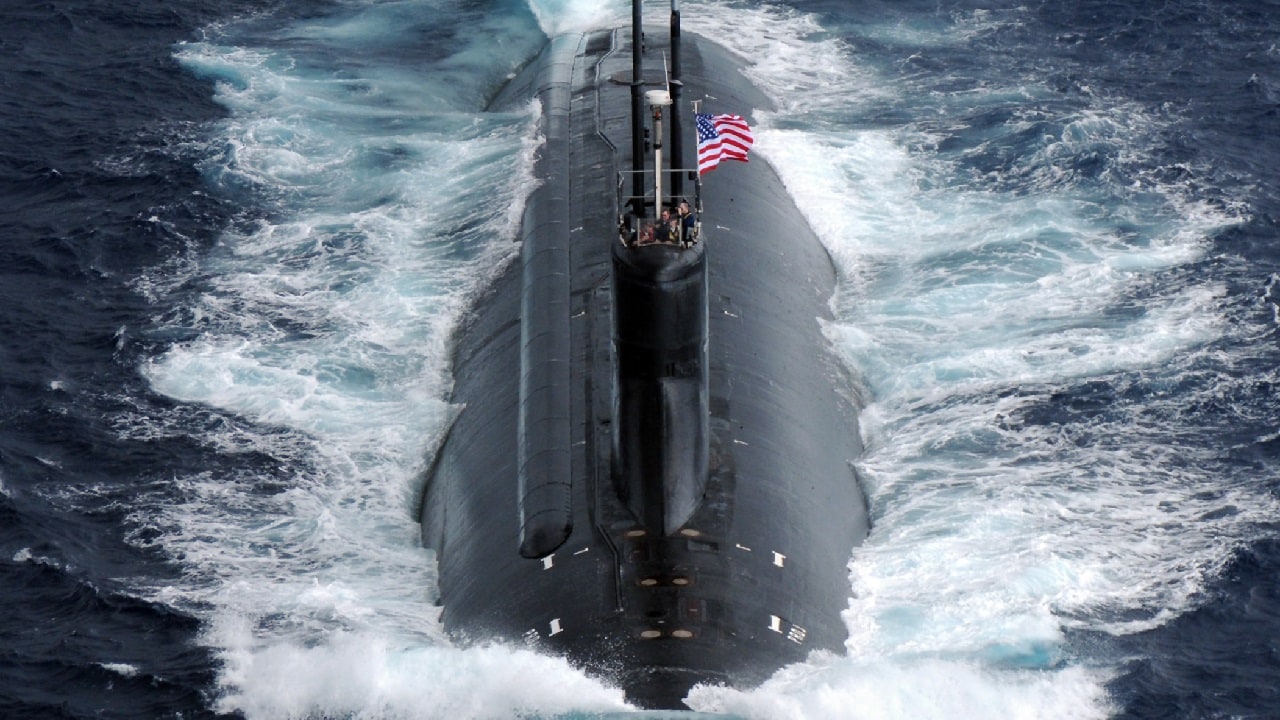The end of the Cold War resulted in a premature end for the promising and heavily armed Seawolf-class of submarines, capable boats that arguably would have been continued if Pentagon decision-makers embraced a longer-term view of potential global threats.
Should the U.S. Navy pushed for more of these subs?
Seawolf Fleet
Only three Seawolf subs were built, yet the Navy initially planned a fleet of 29 boats, something that would arguably have helped avoid, diminish, or offset the service’s current submarine deficit.
For many years now, Navy commanders have been clear that combatant commander demand for submarines exceeds the number of available submarines. This has increased the threat equation for U.S. surface ships and forward-stationed forces, particularly in the Pacific.
While the collapse of the former Soviet Union undoubtedly drove a need to adjust strategic military planning, it seems in retrospect that the decision to truncate SeaWolf submarines indicated that Pentagon planners massively underestimated or did not envision the kind of undersea threat Russia’s submarine technology would present to NATO over the long term. Russia has never had much of a surface Navy and has for decades largely presented a land threat, yet its submarine fleet has been and appears to be extremely dangerous to the West, U.S., and NATO.
Perhaps Pentagon planners would have been well served to more fully anticipate the possibility that Russia could remain or easily re-emerge as a major threat to the U.S., despite the Soviet collapse in the late 1980s.
Seawolf Firepower
Continued production of Seawolf submarines would not have precluded the need for Virginia-class submarines but may have massively lessened U.S. Navy vulnerability during the transition years as Los Angeles-class submarines continued to retire. Clearly, continued Seawolf boats would have prevented what is now a troubling submarine deficit for the U.S. Added to this circumstance is the fact that Seawolf submarines themselves were extremely capable boats, built with HY-100 steel able to withstand water pressure at greater depths. Perhaps of even greater relevance, the Seawolf submarines were heavily armed boats, as they could carry as many as 50 Tomahawk cruise missiles.
Given this, the cancellation of the Seawolf class certainly explains some of the urgency with which the Navy has been building Block V Virginia-class attack submarines with greatly increased Tomahawk missile capability. Virginia Payload Modules, now built into Block V Virginia-class submarines, add an 80-foot section to the boats, sufficient to add as many as 28-more Tomahawk missiles. This brings the firepower of Virginia-class boats from 12 Tomahawk missiles up to 40.
Firepower, particularly when it comes to great power threat scenarios, is increasingly important, and the need for rapid production of Block V Virginias certainly took on much greater urgency with the premature cancellation of the Seawolf class submarines.
There are other similarities between the Seawolf concept and upgrades to the Virginia-class boats, such as the addition of a Large Aperture Bow sonar system to Virginias, which appears somewhat aligned with the Seawolf’s larger “spherical sonar array, wide aperture array and new towed-array sonar,” as explained by Harpoondatabases.com.
The Seawolf was also reportedly designed for shallow operations and Special Operation Forces mission support and delivery. This is also quite similar to Virginia boats, as Block III Virginias are built with a special “Lock Out Trunk” designed to fill with water and quietly enable special operations forces to deploy on clandestine missions.
Kris Osborn is the Military Affairs Editor of 19FortyFive and President of Warrior Maven – Center for Military Modernization. Osborn previously served at the Pentagon as a Highly Qualified Expert with the Office of the Assistant Secretary of the Army—Acquisition, Logistics & Technology. Osborn has also worked as an anchor and on-air military specialist at national TV networks. He has appeared as a guest military expert on Fox News, MSNBC, The Military Channel, and The History Channel. He also has a Masters Degree in Comparative Literature from Columbia University.
From 19FortyFive
The 5 Best .22 LR Semiautomatic Pistols On Earth
Ukraine Footage Shows U.S. M982 ‘Excalibur’ Cut Through Russian Artillery
How To Sink A $3 Billion Dollar Submarine: Leave A Hatch Open

